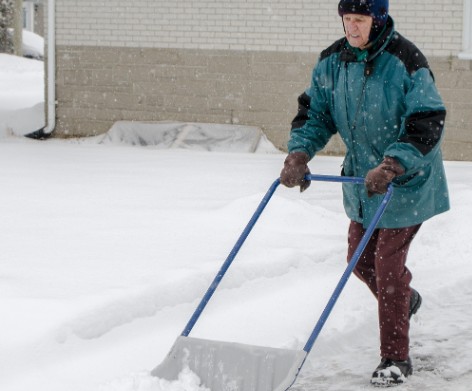As winter approaches, the picturesque scene of snow-covered landscapes becomes a reality. However, for seniors, the beauty of winter can come with challenges, especially when it comes to snow removal. The physical demands of shoveling snow can lead to serious injuries or falls, making safety a top priority. Here are some practical tips designed to help seniors navigate snow removal safely.
Before attempting to remove snow, it’s crucial for seniors to evaluate their physical health. If you experience chronic pain, fatigue, or any condition that affects your mobility, consider enlisting help for snow removal tasks. Always listen to your body and avoid pushing beyond your limits.
Preparation can alleviate some of the burdens of snow removal. Invest in the following:
Dress in layers to stay warm without restricting movement. Wearing waterproof and slip-resistant footwear is crucial for maintaining traction while navigating icy surfaces. Don’t forget to wear gloves and a hat to protect extremities from the cold.
Snow removal can be a strenuous activity, especially for seniors. It’s vital to take frequent breaks to rest and recover. Also, staying hydrated is essential, even in cold weather, as it helps maintain energy levels and prevent fatigue.
If you choose to shovel, utilize safe techniques to minimize the risk of injury:
There is no shame in asking for assistance. Many community organizations offer snow removal services for seniors, and friends or family members might also be willing to lend a hand. Consider exploring local resources like churches or volunteer groups that provide support during the winter months.
When heavy snowfall is predicted, it may be best to stay indoors. Plan ahead by stocking up on necessary supplies so you won’t need to venture out immediately after a storm. This is particularly important for seniors who live alone, as staying inside reduces the risk of slips and falls.
Ensuring that pathways and driveways are well-lit can make a significant difference in safety. Installing motion-sensor lights or keeping existing outdoor lights on during snowstorms can help seniors navigate their property with confidence.
Finally, prepare for emergencies by having a contingency plan in place. Share contact information with neighbors, family, or friends so they can check in on you after snowstorms. When winter weather strikes, have a phone nearby at all times, as well as emergency contacts readily accessible.
Snow removal can be a daunting task for seniors, but with the right preparation and precautions, it doesn’t have to be a source of stress or danger. By assessing physical health, dressing appropriately, and knowing when to ask for help, seniors can navigate the winter months with safety and confidence. Embrace the season's beauty while prioritizing your well-being, and remember that help is just a call away when you need it.
